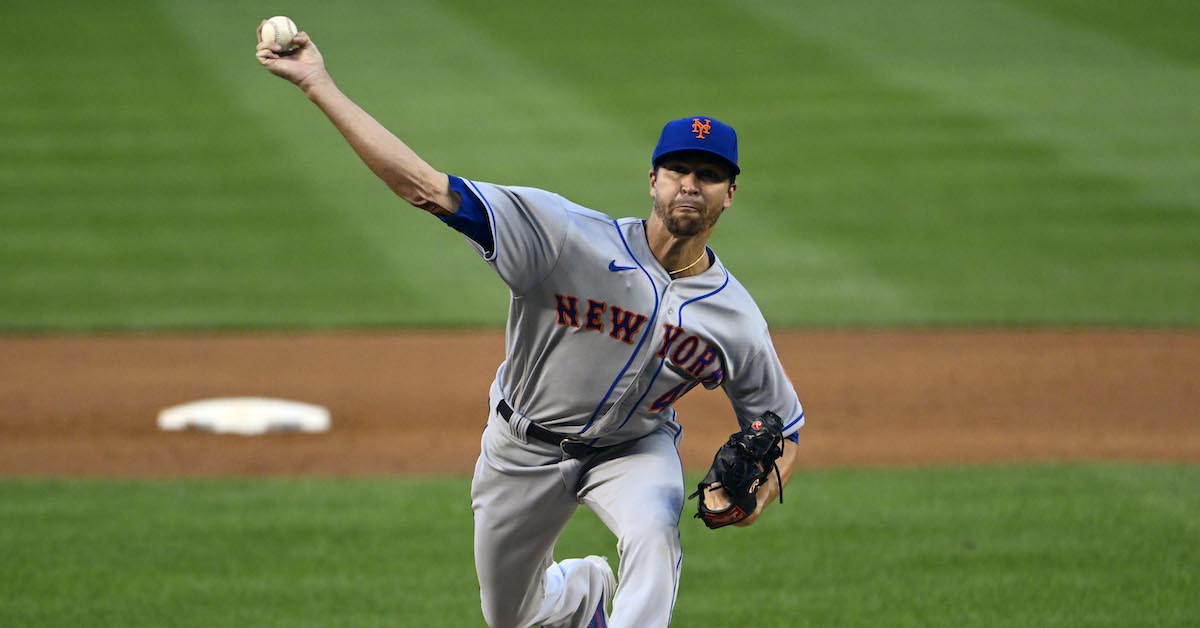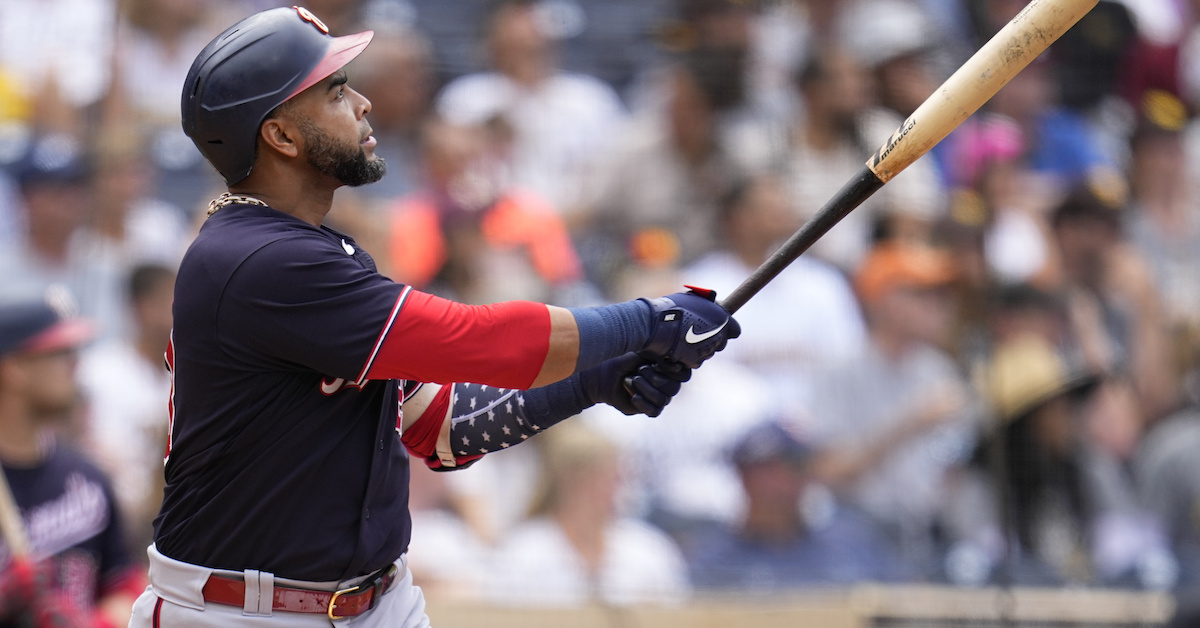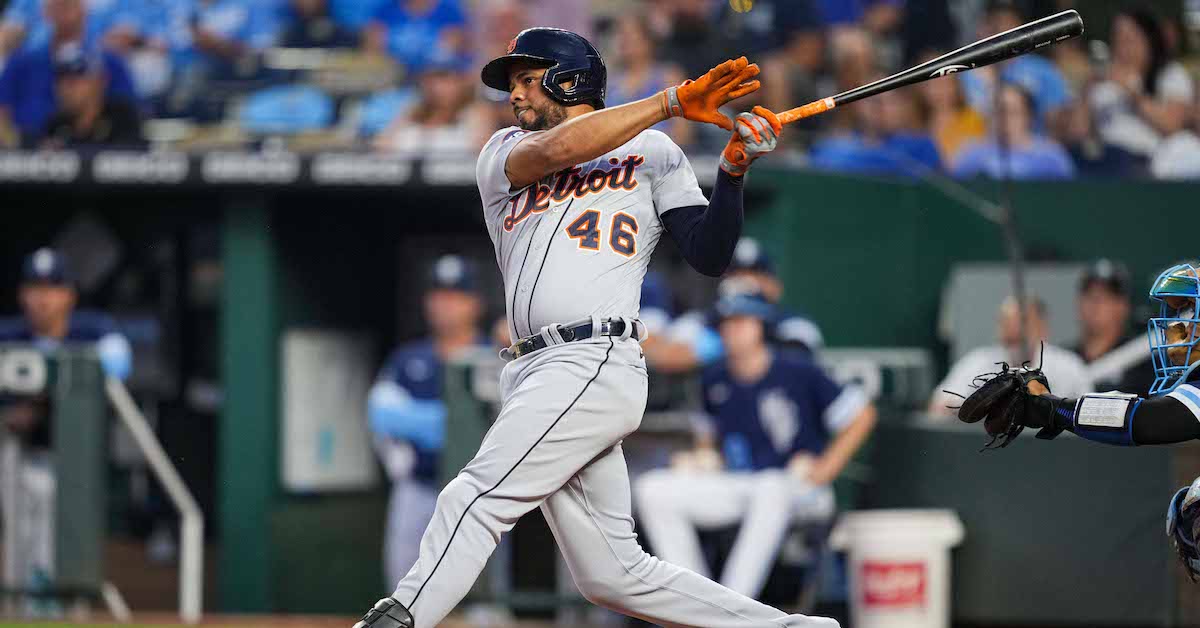Sunday Notes: Rebuffing Criticism, Bill Schmidt Likes The Rockies’ Direction
The Colorado Rockies have received their fair share of criticism since winning 91 games and earning a Wild Card berth in 2018. Four losing seasons have played a part in that, but so too have some questionable decisions, financial and otherwise. Four months ago — and he’s no lone wolf in having offered such a critique — my colleague Dan Szymborski called Colorado “The worst-run organization in baseball.”
My own coverage of the club, which has focused primarily on players, prospects, and coaches, has included neither criticism nor compliment. Which isn’t to say I’m not intrigued by brickbats thrown. I am, which led me to approach Colorado GM Bill Schmidt to get his perspective on some of what has been said about the team he’s been with for two-plus decades.
The first thing I asked Schmidt about was the October decision to fire hitting coach Dave Magadan and replace him with Hensley “Bam Bam” Meulens, who’d previously worked with the San Francisco Giants and, this past season, the New York Yankees.
“They’re different people with different experiences.” said Schmidt, a longtime scout who replaced Jeff Bridich (initially on an interim basis) as Colorado’s GM in May 2021. “Hensley had a lot of success with the Giants. There are certain things… I’ll let him talk about the certain things he believes in, but he and Bags were different types of players who have different ideas of what they consider important.”
Bringing “Bam Bam” on board is notable in part because he’s an outsider; the Rockies have often been called an insular organization. Schmidt bristled when asked about that claim. as well as about accusations that the team he leads lacks direction. Read the rest of this entry »










